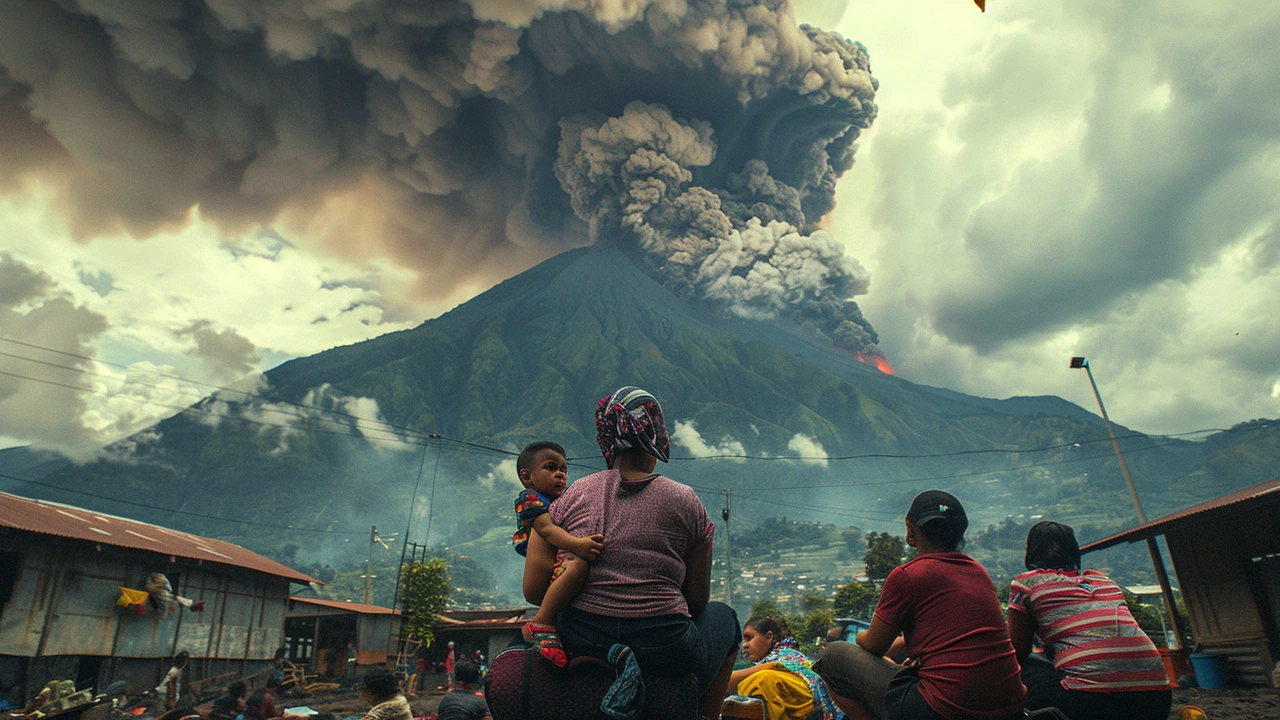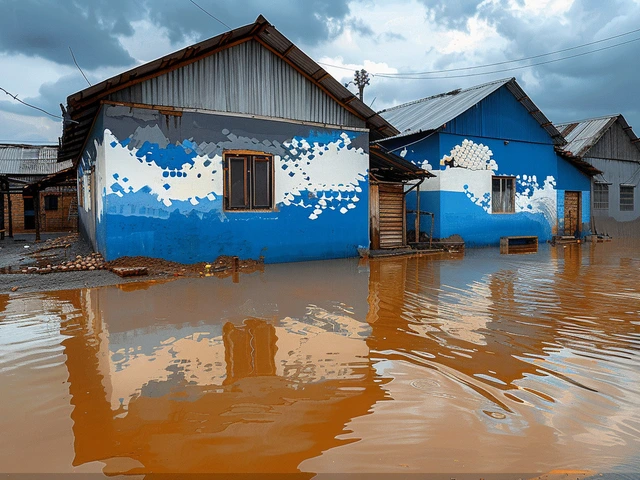Overview of Mount Ruang's Eruption and its Immediate Effects
On the morning of May 2, 2024, the tranquil skies over Indonesia were disrupted as Mount Ruang, one of the country's numerous active volcanoes, erupted violently. This sudden geological event sent an ash cloud soaring up to 10,000 feet into the atmosphere, posing a severe hazard not only to the proximate communities but also to the wider region's aviation sector. This eruption marked a significant peak in the series of seismic activities noted since April, which consequently led to heightened alert levels by the local volcanic monitoring authorities.
The seismic unrest that escalated over the preceding weeks finally culminated in this explosive event, which has heightened fears amongst the local population for their safety and well-being. The government swiftly implemented evacuation protocols to relocate residents from the high-risk zones surrounding the volcano's base. However, a palpable hesitation was observed among some community members who decided to stay back, driven by concerns over their livelihood and compounded by the ongoing global disruptions due to the COVID-19 pandemic.
Societal Impact and the Dilemma of Remaining Residents
As the ash cloud billowed and spread, it brought with it not just physical darkness but also a shadow over the future of the local economy. Mount Ruang's eruption has struck a hard blow particularly to the tourism industry - an essential source of income for many inhabitants. Tourist activity has come to a near standstill, with potential visitors strongly advised to forego their plans, thereby straining local businesses and livelihoods already rattled by the global health crisis.
Residents torn between evacuation and staying highlight a compelling dilemma. The choice to leave, seemingly obvious for safety, is mitigated by the economic repercussions of abandoning their homes and businesses. Furthermore, the fear of contracting COVID-19 in crowded emergency shelters adds another layer of complexity to their critical decision-making process.
Government and Global Response to the Crisis
With the eruption's broad implications touching various aspects of life, the Indonesian government has been actively engaged in not only immediate disaster response efforts but also in managing the socio-economic fallout. This includes ensuring that displaced populations are accommodated safely, considering the need for social distancing and other pandemic-related health measures. International aid organizations, along with local NGOs, have stepped in to offer additional support, ranging from supplies of basic necessities to psychological counseling for those affected by the disaster.
The ongoing situation is being closely monitored by meteorological and geological experts who continuously assess the activity of Mount Ruang for further potential eruptions. Their findings and forecasts are crucial in planning the course of action to mitigate risks and prepare for longer-term recovery efforts.
Looking Towards Recovery and Rebuilding
The aftermath of Mount Ruang's eruption presents significant challenges in terms of recovery and reconstruction. As the initial dust settles, the focus will gradually shift towards rebuilding the devastated areas and reviving the local economy. This effort will require a collaborative approach involving government, private sector investments, and community initiatives.
Lessons learned from this disaster will also play a pivotal role in refining the country's disaster preparedness and response strategies. Enhancing community resilience against future eruptions and other natural calamities will be paramount to reduce the socio-economic impacts and safeguard the well-being of Indonesia's populace.






Write a comment